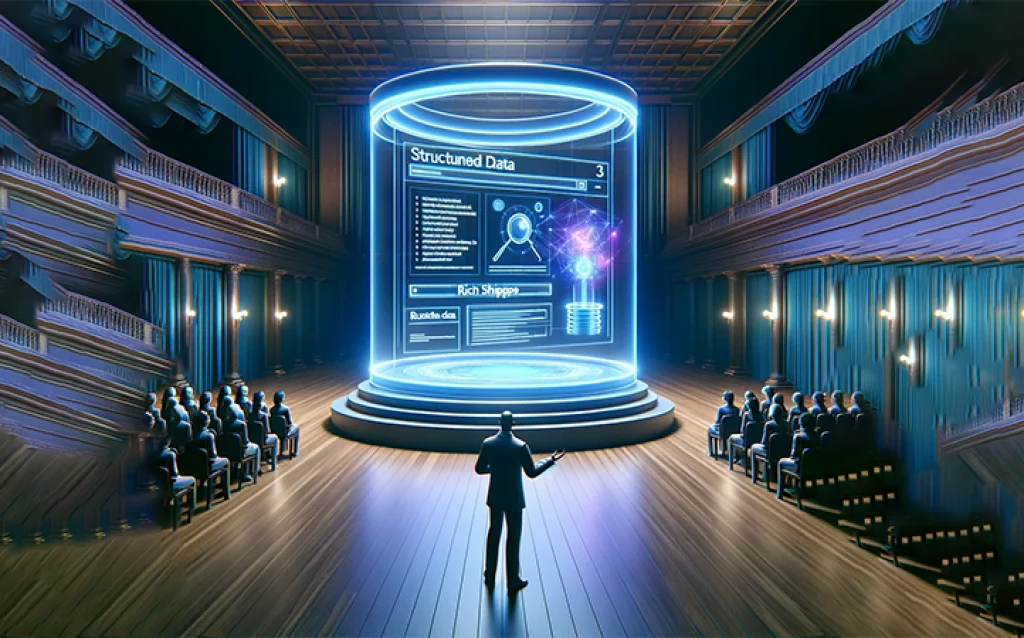Yes, ChatGPT is a conversational agent that uses advanced natural language processing to understand and respond to human input in dialogue format. Unlike traditional chatbots that follow scripted responses, ChatGPT can engage in nuanced conversations, maintain context, and provide detailed answers across various topics. This makes it a sophisticated example of modern conversational AI technology.
What exactly is a conversational agent and how does ChatGPT fit this definition?
A conversational agent is an AI system designed to communicate with humans through natural language, simulating human-like dialogue patterns. These systems can understand text or speech input, process the meaning, and generate appropriate responses that feel natural and contextually relevant.
ChatGPT perfectly embodies this definition through several key characteristics. It processes your written questions and comments, understands the intent behind your words, and responds in conversational English rather than robotic commands. You can ask it to explain complex topics, help with creative writing, or discuss ideas just as you would with a knowledgeable colleague.
What sets conversational agents like ChatGPT apart is their ability to handle conversational search patterns. Instead of requiring specific keywords, you can ask questions naturally, like “Can you help me understand quantum physics?” or “What’s the best way to approach my boss about a raise?” The system interprets these natural language queries and provides helpful, contextual responses.
The technology relies on sophisticated language models that have learned from vast amounts of text data. This training allows ChatGPT to recognize conversation patterns, understand context clues, and generate responses that maintain the flow of natural dialogue. It’s like having access to a well-read assistant who can discuss topics across many domains.
How does ChatGPT understand and respond to human conversations?
ChatGPT processes conversations through a complex system of natural language processing that breaks down your input into meaningful components called tokens. These tokens get converted into mathematical representations that the AI can work with, allowing it to understand not just individual words but the relationships between them.
The system works by predicting what words should come next based on the context you’ve provided. When you ask a question, ChatGPT analyses the patterns in your language, identifies the topic and intent, then generates a response by selecting the most probable sequence of words that would make sense in that context.
This process happens through multiple layers of neural networks that have been trained on diverse text sources. The model learned language patterns, facts, and reasoning approaches from this training data. However, it’s important to understand that ChatGPT doesn’t store or retrieve specific documents – instead, it reconstructs information from the meaning patterns it learned during training.
Think of it like this: when you ask about cooking pasta, ChatGPT doesn’t look up a recipe database. Instead, it draws from the countless cooking discussions and instructions it encountered during training to generate helpful advice. This approach allows for flexible, contextual responses rather than rigid, pre-programmed answers.
What makes ChatGPT different from traditional chatbots and AI assistants?
Traditional chatbots typically follow decision trees or scripted responses, offering limited flexibility in conversations. They work well for simple tasks like answering frequently asked questions but struggle when conversations move beyond their programmed scenarios. ChatGPT operates on an entirely different principle.
The key difference lies in contextual understanding and creative response generation. While older chatbots might recognise keywords and trigger predetermined responses, ChatGPT can understand nuanced questions, handle ambiguous requests, and even engage in creative tasks like writing stories or solving complex problems.
ChatGPT can also maintain more sophisticated dialogue management. You can switch topics mid-conversation, ask follow-up questions that reference earlier parts of your chat, or request clarification on complex topics. Traditional chatbots often lose track of context or require you to start over when conversations become complex.
Another significant difference is response quality and variety. ChatGPT can explain the same concept in multiple ways, adjust its communication style based on your needs, and provide detailed explanations rather than simple yes/no answers. This flexibility makes conversations feel more natural and productive.
The system also handles conversational search more effectively than traditional tools. Instead of requiring specific search terms, you can describe what you’re looking for in natural language, and ChatGPT will understand and provide relevant information.
Can ChatGPT maintain context throughout long conversations like humans do?
ChatGPT can maintain conversational context within individual chat sessions, remembering what you’ve discussed and building on previous exchanges. However, its contextual memory has limitations that differ from human conversation abilities.
Within a single conversation, ChatGPT tracks the dialogue history and can reference earlier topics, answer follow-up questions, and maintain thematic consistency. You can ask it to elaborate on points made earlier or build upon previous responses without having to repeat context.
The system has a context window that determines how much conversation history it can actively consider when generating responses. Think of this like short-term memory – it can remember and work with recent parts of your conversation but may lose track of details from much earlier in very long chats.
Unlike humans, ChatGPT doesn’t carry context between separate conversations. Each new chat session starts fresh, without memory of previous interactions. This differs significantly from human relationships where we build on shared experiences and remember personal details over time.
Human conversational memory also works differently because we can selectively remember important details while forgetting minor points. ChatGPT treats all information within its context window equally, which can sometimes lead to responses that focus on less relevant recent comments rather than more important earlier topics.
What are the practical applications of ChatGPT as a conversational agent?
ChatGPT’s conversational abilities make it valuable across numerous practical applications where natural dialogue enhances user experience and productivity. Its strength lies in understanding complex requests and providing detailed, contextual responses.
In **customer service**, ChatGPT can handle sophisticated inquiries that go beyond simple FAQ responses. It can understand customer problems described in natural language, ask clarifying questions, and provide step-by-step solutions. This creates more satisfying customer interactions compared to traditional automated systems.
For **content creation and writing**, the conversational interface allows for collaborative ideation. You can discuss topics, request different writing styles, and iterate on content through natural dialogue. Writers use it for brainstorming, editing suggestions, and overcoming creative blocks through conversational exploration of ideas.
**Educational applications** benefit significantly from ChatGPT’s conversational nature. Students can ask questions in their own words, request explanations at different complexity levels, and engage in Socratic dialogue to deepen understanding. The system can adapt its teaching style based on conversational cues.
In **programming and technical assistance**, developers can describe problems conversationally rather than searching through documentation. ChatGPT can understand context about specific projects, suggest solutions, and explain code concepts through interactive dialogue.
Business applications include **meeting preparation**, where you can discuss agenda topics and receive structured talking points, and **research assistance**, where conversational queries help explore topics more naturally than traditional search methods.
What limitations should users understand about ChatGPT’s conversational abilities?
Despite its sophisticated conversational capabilities, ChatGPT has several important limitations that users should understand to set appropriate expectations and use the system effectively.
**Knowledge limitations** represent a significant constraint. ChatGPT’s training data has a specific cutoff date, meaning it lacks information about recent events. Additionally, it can sometimes provide confident-sounding but inaccurate information, making fact-checking important for critical applications.
The system **cannot learn or remember** between conversations. Unlike human relationships that deepen over time, each ChatGPT conversation starts fresh. It won’t remember your preferences, previous projects, or personal details unless you provide that context again.
**Contextual limitations** become apparent in very long conversations where important details from early in the chat may be forgotten. The system also cannot access external information in real-time, so it cannot browse the internet, check current prices, or verify facts during conversations.
ChatGPT sometimes exhibits **response inconsistency**, providing different answers to identical questions across separate conversations. This happens because the system generates responses probabilistically rather than retrieving fixed information.
**Complex reasoning tasks** can challenge the system, particularly those requiring multi-step logical processes, mathematical calculations, or understanding of cause-and-effect relationships that weren’t clearly represented in training data.
Understanding these limitations helps you use ChatGPT more effectively as a conversational tool while recognising when human expertise, fact-checking, or alternative resources might be necessary. The key is treating it as a sophisticated conversational assistant rather than an infallible expert.





